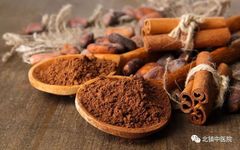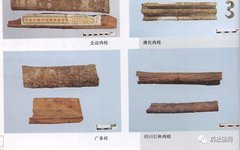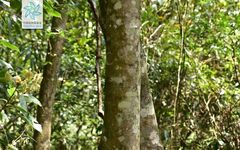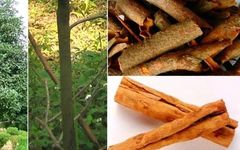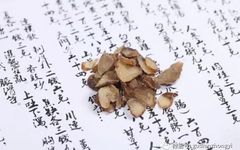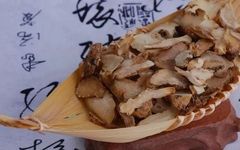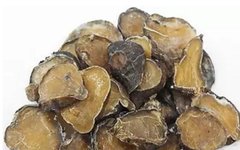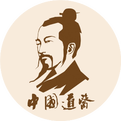Cinnamon Bark (Rou Gui) – A Comprehensive Overview
Cinnamon Bark (Rou Gui) CINNAMOMI CORTEX Source The dried bark of the plant Cinnamomum cassia Presl from the Lauraceae family. Related Names Jin Gui, Da Gui, Tong Gui, La Gui, Yu Gui, Mu Gui, Zi Gui, Gui Pi. Habitat and Growth Environment Grown in sandy soil or mountainous areas. Distributed in Yunnan, Guangxi, Guangdong, and … Read more

